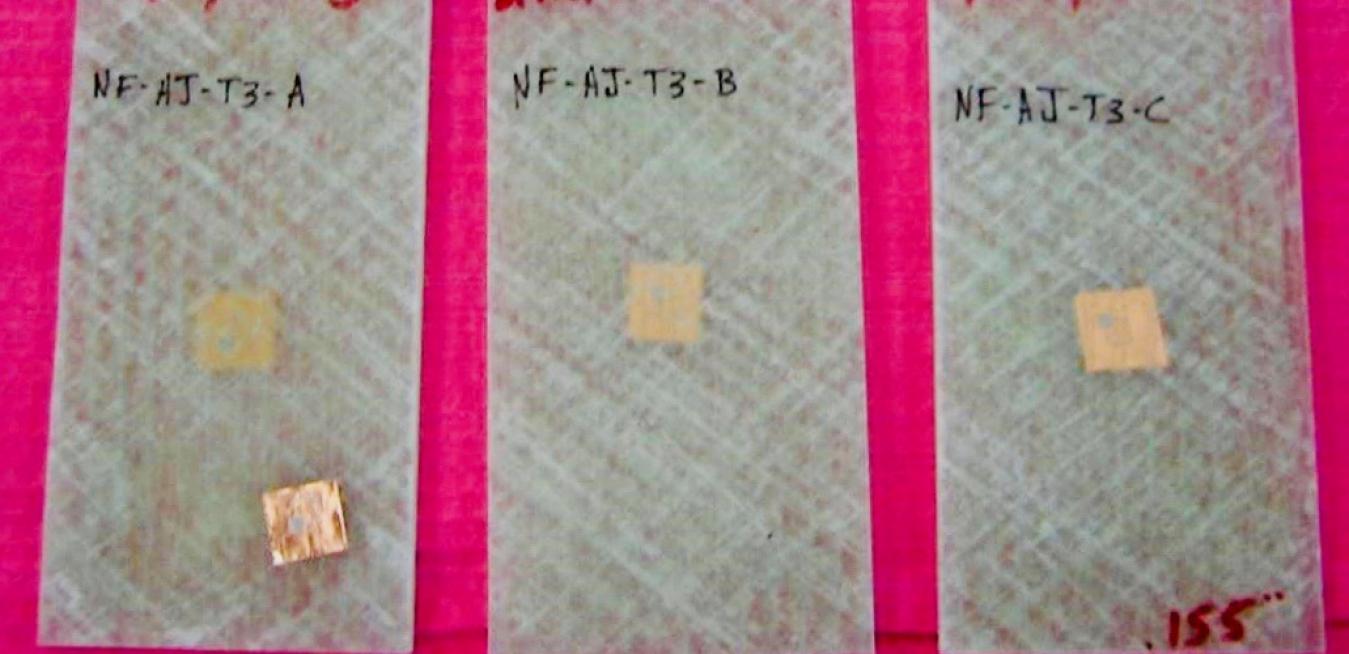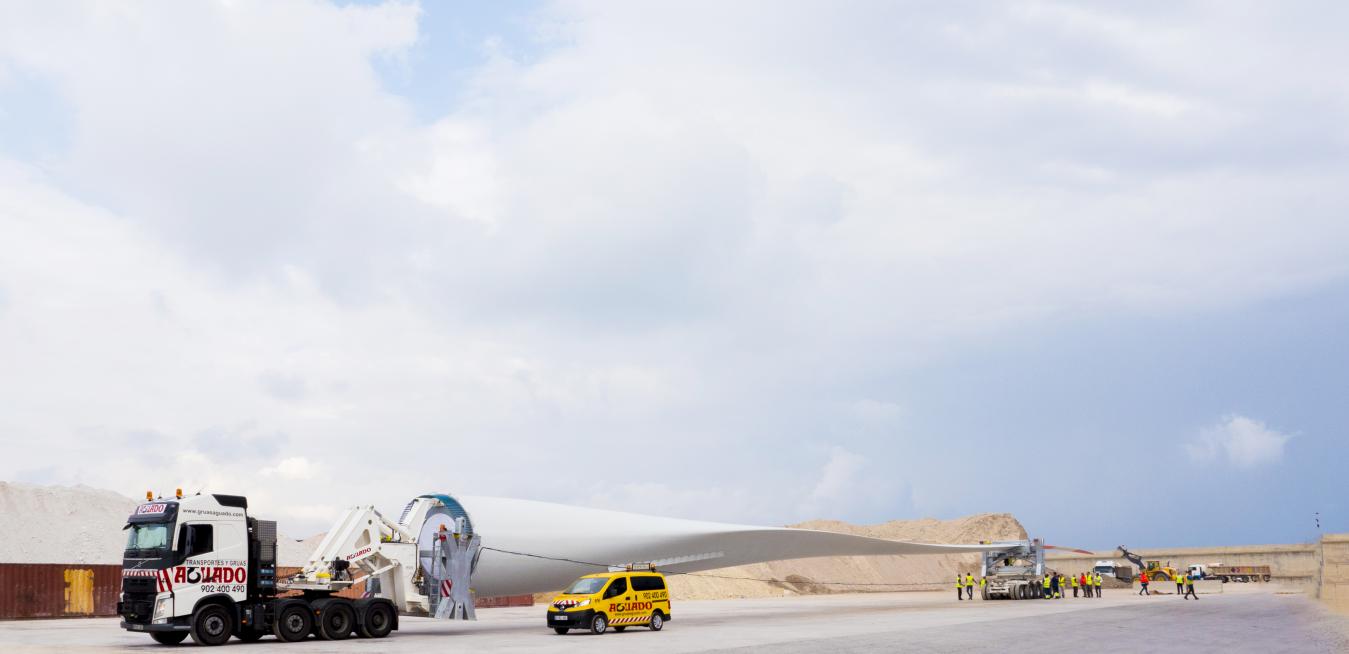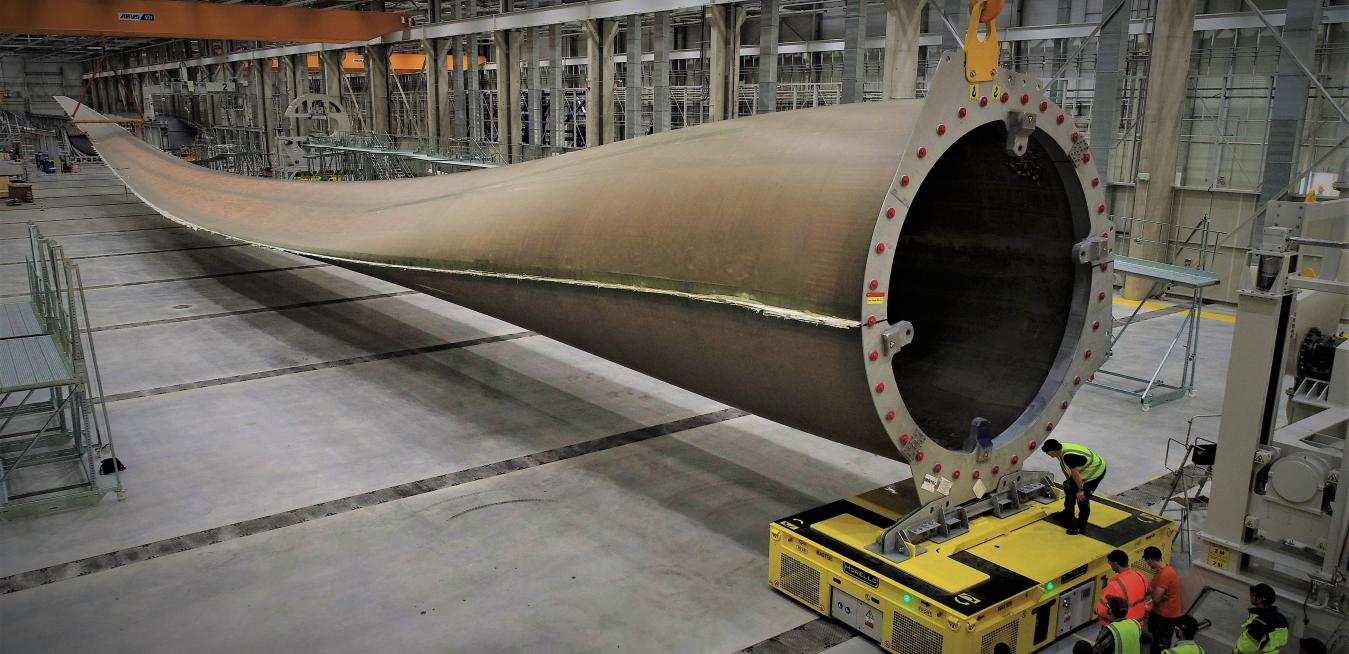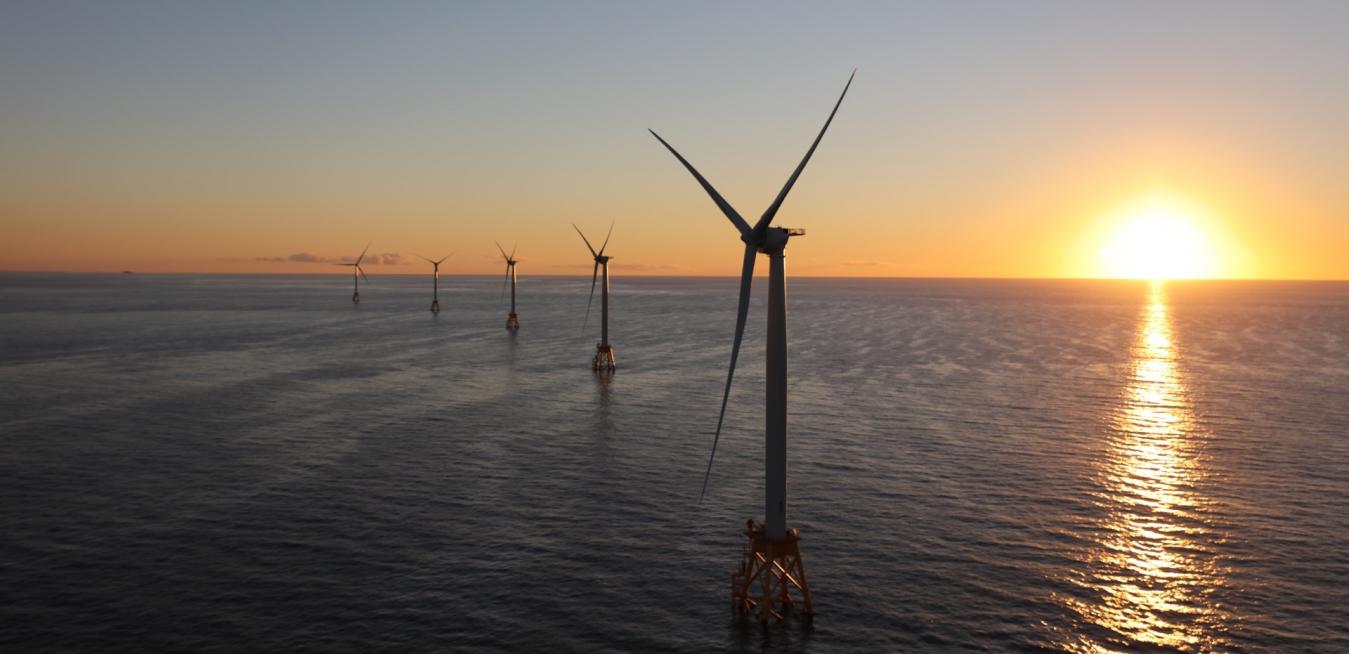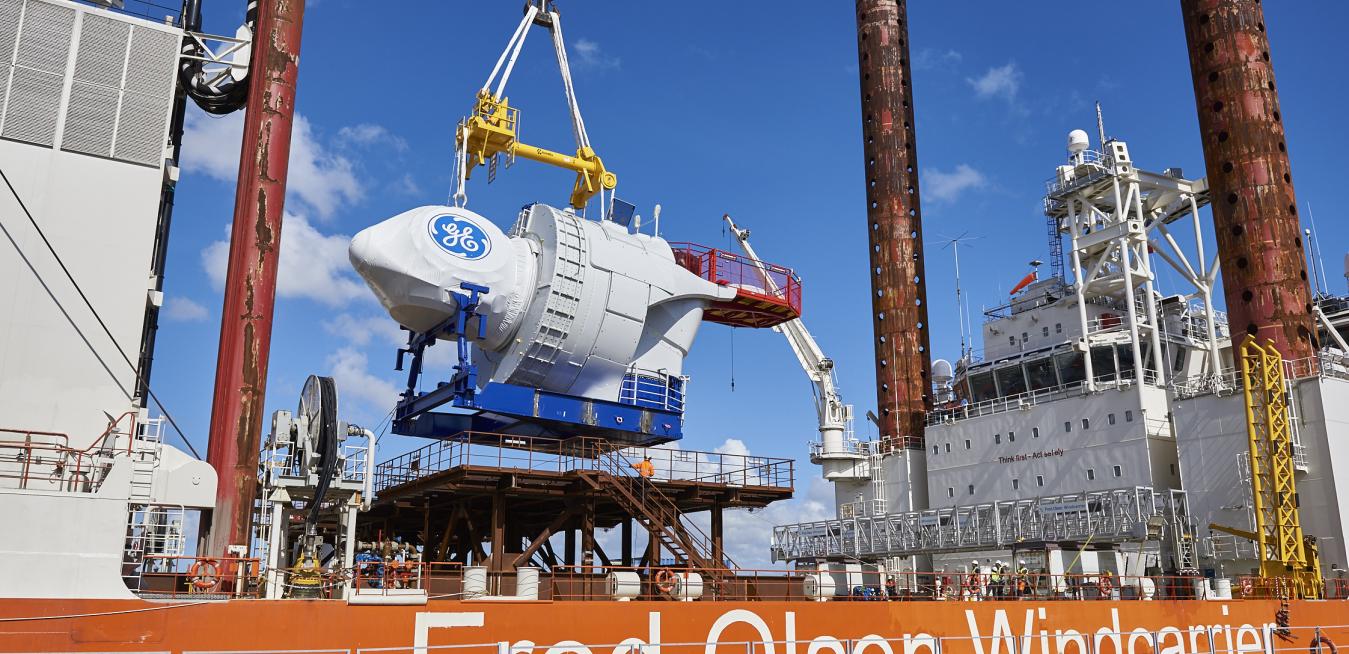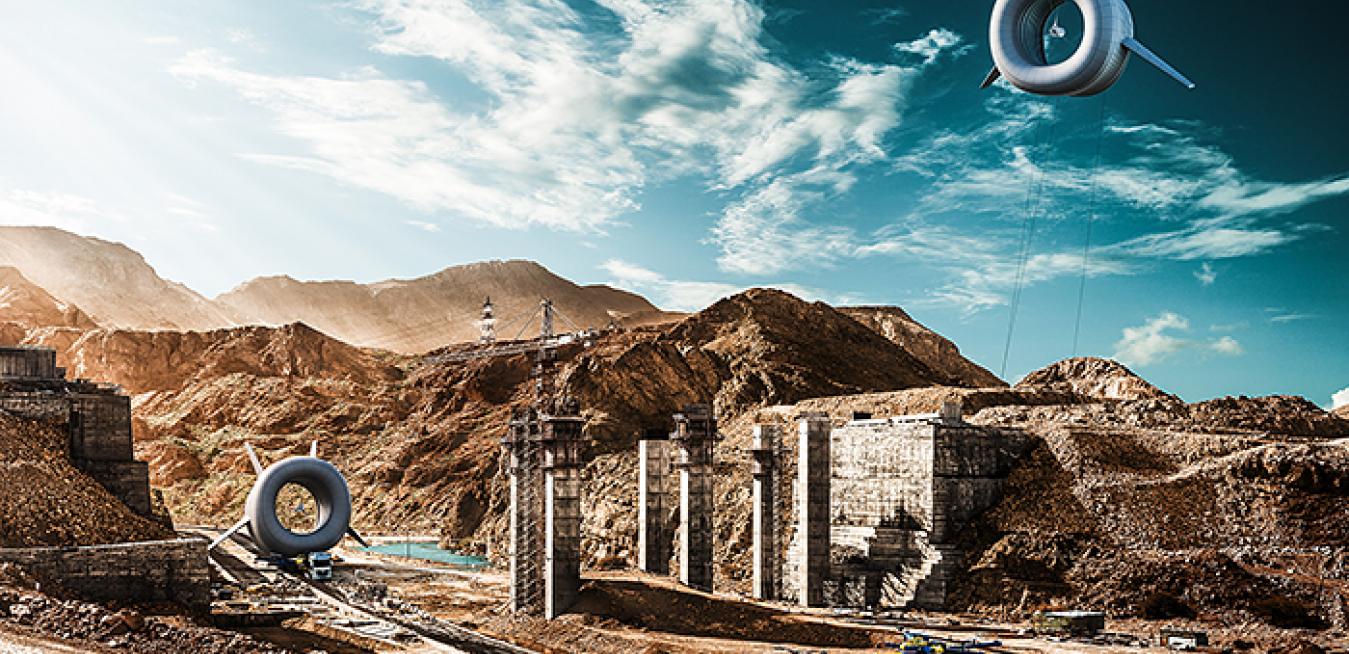- Caps successful completion of five-year project through the U.S.
For media inquiries, please contact:
Todd Alhart
Director, Innovation Communications
GE Aerospace
+1 518 338 5880
[email protected]
business unit
tags
Athletes have been wearing electronics that can bend and flex to the shape of their bodies, revealing how many miles they’ve logged, current heart rate and how much energy they burned. They can use the data to constantly improve their training and understand more about how their bodies are reacting to different training regiments.
Moving a human kidney, a wind turbine blade or a 400-pound nacelle requires a deep understanding of your precious cargo and some creativity when it comes to employing planes, trains and automobiles (or in this case drones, trucks and boats). Here’s a look at how GE got three important parcels from point A to point B:
How long is the world’s largest wind turbine blade? Stretching 107 meters, the blade is longer than a football field and equal to 1.4 times the length of a Boeing 747. Using a different measure, it would take Usain Bolt, the fastest human and a world record holder in the 100-meter dash, close to 10 seconds to race from its root to its tip. It might also represent one of the largest single machine components ever built. Workers just popped the first one from its mold at an LM Wind Power factory in Cherbourg, France.
Roughly at eye level, a white blade traces a sinuous line across the sky to the nacelle that holds the gears of an offshore wind turbine.
Grip your camera, lean out (but not too far, bucko!) and train it on the turbine backlit by a fiery sun. Find the turbine’s reflection in the aircraft’s tail. Snap.
BATs floating 1,000 feet above the earth could hold the secret to providing cheap, quickly installed power to off-grid consumers or disaster-stricken areas.
The BAT, short for “Buoyant Air Turbine,” is essentially a wind turbine in the sky. Developers across the country and around the world are testing various methods of sending these lightweight, high-altitude turbines aloft, using blimps, winged aircraft, and cylindrical balloons to reach sweet-spot heights where operators can harvest the most wind with the least resistance.





